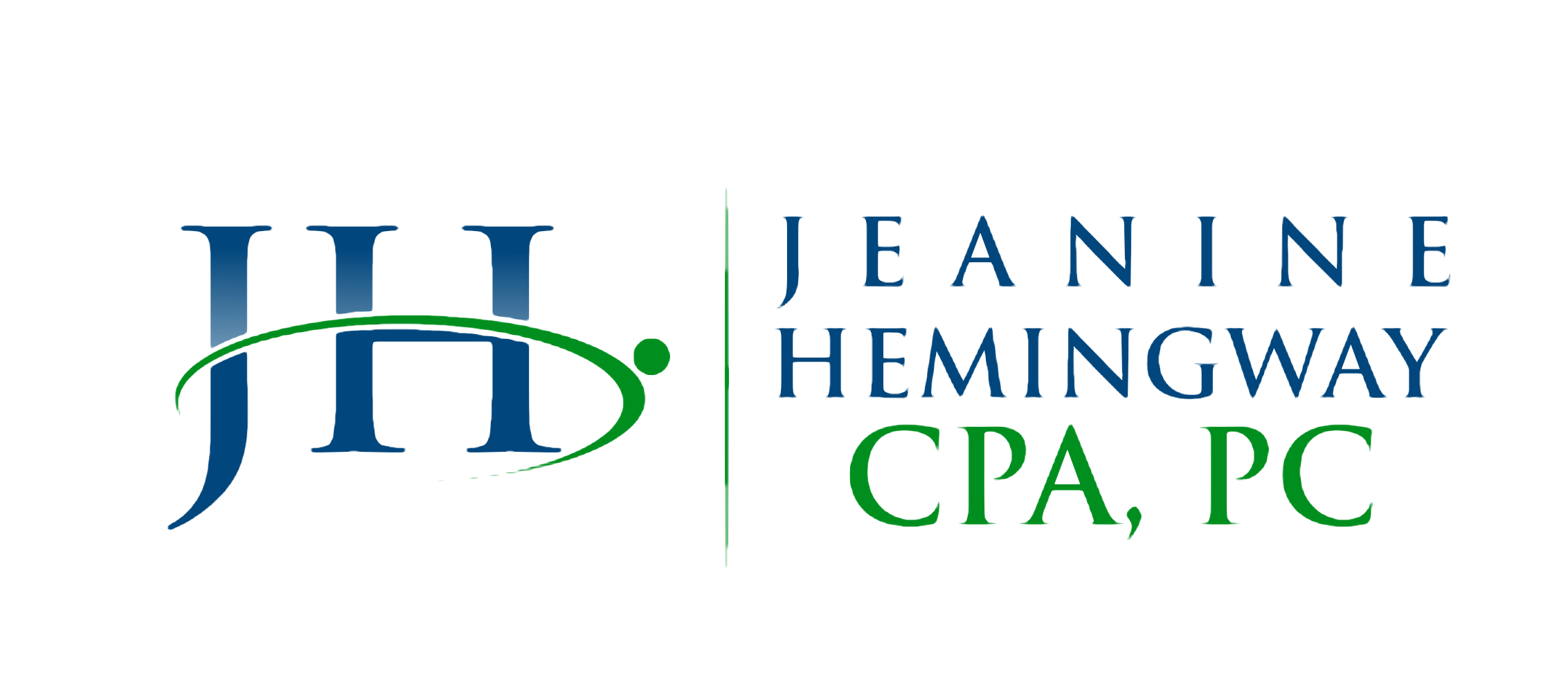If you are a parent saving for college tuition or going back to school to earn another degree, you know that college tuition has skyrocketed over the last few decades. State funding cuts, expanding administrative staffs, and increased construction and facility costs all play a role in the reasoning behind soaring tuition costs. As a result, the average student debt among college graduates is now close to $28,000. From tuition hikes to higher student loan borrowing costs, inflation is making college even more expensive.
Fortunately, many have found 529 Plans to be a great tax-advantage account for educational savings. You can save for your child, another family member, or even yourself.
529 Plans: The Nuts and Bolts
Essentially, a 529 plan, or “qualified tuition plan,” is an investment account that provides tax benefits when the savings are used for qualified education expenses. These plans are most commonly used for college expenses but can also be used to pay for primary or secondary school tuition for the designated beneficiary. Anyone can be the beneficiary of a 529 account, provided that they have a Social Security or tax identification number, and anyone can open a 529 account since there are no income restrictions on these accounts. The best 529 plans have similar things in common: low costs, good benefits and a solid track record of investment performance.
529 plans are sponsored by states, state agencies, or educational institutions and are authorized by Section 529 of the Internal Revenue Code. There are two types of 529 plans: education savings plans and prepaid tuition plans. An education savings plan is the most common type of 529 plan as it lets you save for qualified education expenses, including room and board, at any institution. Some of these plans will even let you use the funds for non-U.S. colleges or universities.
529 Plans: Tax Implications
Investing in a 529 plan may offer those saving for future higher education special tax benefits. These benefits vary depending on the state and the 529 plan. In addition, state and federal laws that affect 529 plans are always changing so be sure to speak to your Austin CPA and tax advisor for more details when it comes to taxation. You should make sure you understand the tax implications of investing in a 529 plan first before opening an account. If you made non-qualified purchases using your 529 plan, you will need to review your 1099-Q, which breaks out the basis portion and the earning portion. The earnings portion of a non-qualified withdrawal will be subject to income tax and a 10% penalty.
Here’s how it works:
Contributions. Many states offer tax benefits for contributions to a 529 plan. These benefits may include deducting contributions from state income tax or matching grants but may have various restrictions or requirements. In addition, savers may only be eligible for these benefits if you invest in a 529 plan sponsored by your state of residence.
Withdrawals. If you use 529 account withdrawals for qualified higher education expenses or tuition for elementary or secondary schools, earnings in the 529 account are not subject to federal income tax and, in many cases, state income tax. However, if 529 account withdrawals are not used for qualified higher education expenses or tuition for elementary or secondary schools, they will be subject to state and federal income taxes and an additional 10% federal tax penalty on earnings.
Pros of 529 Plans
529 plans offer many benefits. The plans offer tax-free withdrawals for qualified education expenses. There are no income limits, so anyone can open or fund a 529 plan, and the programs have high contribution limits.
Cons of 529 Plans
A major disadvantage of 529 plans is that funds must be used for the beneficiary’s education expenses to qualify for the tax benefit, meaning your money is locked into a specific use and can’t be withdrawn without incurring penalties. Plans may also have enrollment or ongoing fees. Another downside to note is that 529 plans have limited investment options.
What if I don’t Use My 529 Plan Funds?
In the event you do not use the funds for future education, there are a few options: you can hold onto the plan indefinitely. Ultimately, if the money is never used as mentioned above, you’d have to withdraw the funds and pay taxes on the earnings as well as the additional 10% penalty. This may sound like a risky investment especially if your child is still in diapers and college is decades away. However, the 529 plan is somewhat flexible and gives you ways to avoid the risk. You can transfer the funds penalty free to another family member. Also, 529 plan can be used for secondary school like a private school or it can be gifted to a grandchild.
Getting Started
Saving in a 529 plan has many perks and is a great investment solution to offset the rising cost of higher education. With healthy tax breaks on earnings if you spend it on qualified education costs, makes this an even more attractive savings solution. These plans are easy to set up by researching 529 plans offered through state-sponsored websites and accounts are administered by financial institutions that have partnered with the state. You can select your plan option and type by simply filling out an online application. Plus, you can choose how to fund it. All plans allow you to set up automatic contributions from your bank and you can specify your contribution frequency to be bi-weekly, monthly, or quarterly.
Whether you have an established 529 plan or are researching your options and want to speak with a tax specialist, the tax advisors at Jeanine Hemingway, CPA are here to help.
